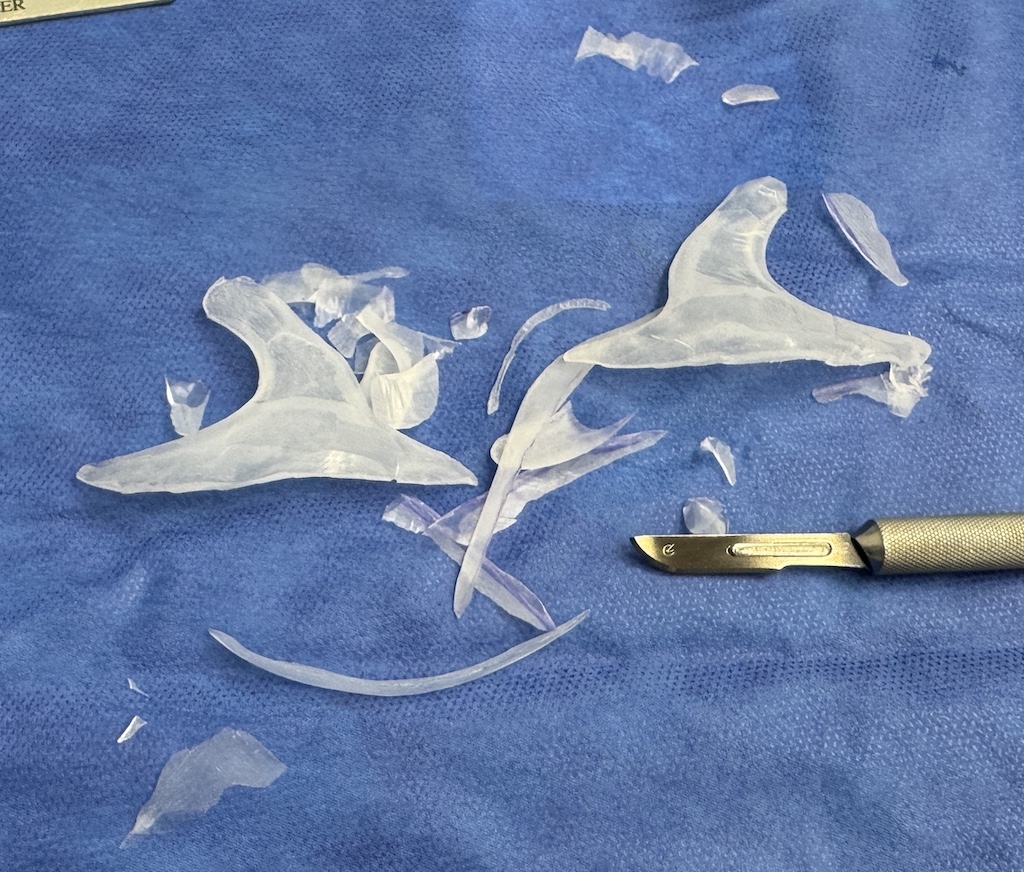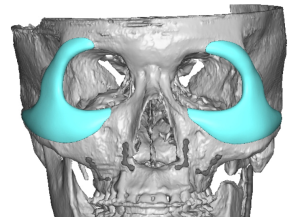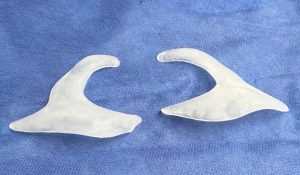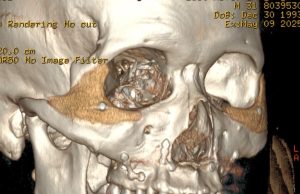Introduction
Custom facial implants are uniquely designed to match a patient’s individual anatomy and aesthetic goals. Unlike stock implants, which come in standardized sizes and shapes, custom implants are created using advanced imaging and 3D design technology to achieve precise symmetry and personalized enhancement. Using specialized CAD (computer-aided design) software, the surgeon and design engineers collaborate to produce an implant that fits perfectly against the bone. Adjustments can be made to size, projection, symmetry, and integration with surrounding facial features.
However, despite these technological advances, a fundamental limitation remains: it is not yet possible to accurately predict the aesthetic outcome of a custom implant. While any shape or dimension can be designed, current imaging technology cannot yet show how soft tissues will drape over the implant or simulate its final appearance with complete accuracy. As a result, custom implant design still involves an element of estimation—a well-informed projection of a hopeful outcome.
Consequently, the surgeon must be prepared to modify the implant intraoperatively if necessary—to customize the custom implant, so to speak.
Case Study
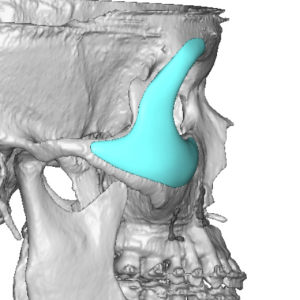
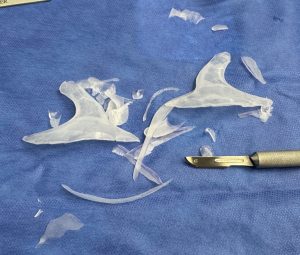
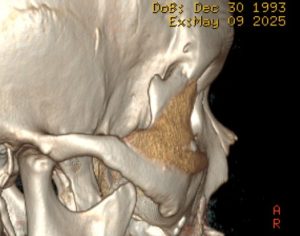
Discussion
Just as the precise postoperative appearance of a custom facial implant cannot be fully predicted before surgery, it also cannot be completely appreciated during the procedure itself. What can usually be determined intraoperatively, however, is whether the implant appears too large or produces an overly strong effect. These observations rely on the surgeon’s experience and understanding of the patient’s aesthetic goals, as informed by preoperative imaging and discussions.
When an implant appears too large during surgery, targeted modification can be performed to reduce its most prominent or thickest regions. In some cases, only a small area may need adjustment; in others—though less commonly—the entire implant may require downsizing. Regardless of the amount of modification the purpose is to reduce the risk of having secondary revisional. surgery to do so.
The ease and precision of intraoperative modification depend heavily on the implant material:
-
Silicone is the easiest to modify, typically using scalpel blades.
-
PEEK and Medpor can be altered using a high-speed handpiece with burrs.
-
Titanium, by contrast, cannot be modified intraoperatively.
Key Points
-
Custom facial implant designs represent the best possible estimation of the desired aesthetic outcome.
-
Intraoperative implant modification can be advantageous when the implant’s effect appears too strong.
-
The feasibility and success of such modifications depend on the implant’s material composition.
Dr. Barry Eppley
World-Renowned Plastic Surgeon

